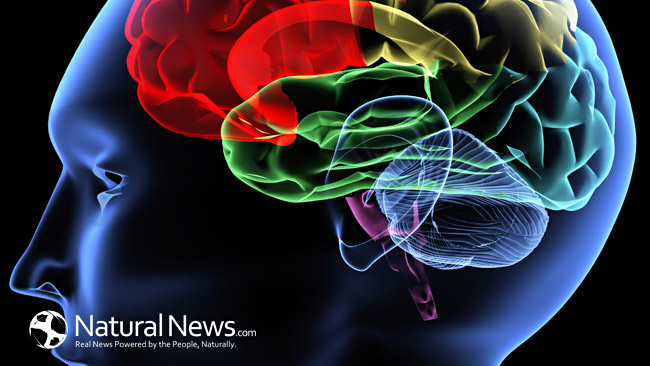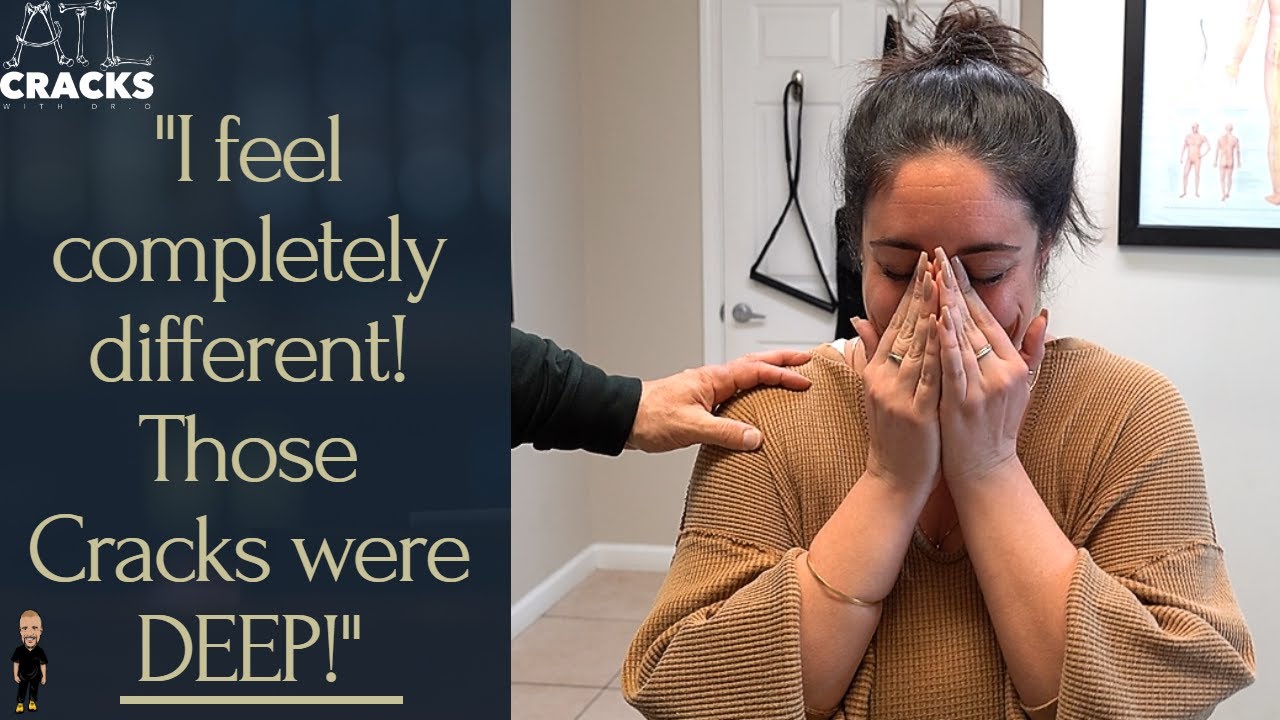A stroke occurs when the blood supply to the brain is blocked or reduced. Every minute counts when it comes to helping or saving someone who might be having a stroke. The warning signs of a stroke include the acronym FAST:
F – face- when the person smiles do one of the side droop?
A – arms – when the arms are raised does one arm drop down?
S – speech – when making a short statement does the person slur or speak strangely?
T – time – answers are yes then someone needs to call 911 immediately.
A stroke can happen gradually or suddenly. It is important to know that a stroke can happen to anyone at any time. Warning signs include:
1. Confusion or trouble understanding people.
2. Difficulty speaking.
3. Numbness or stiffness in the arm, leg, or face, particularly on one side.
4. Trouble seeing.
5. Severe headache.
Although strokes can happen to anyone, there are certain circumstances that put one at higher risk. Some conditions can be prevented while others can’t be changed:
1. Tobacco: Nicotine makes blood pressure go up. It thickens the blood and makes it more likely to clot.
2. High blood pressure: If a person’s blood pressure is higher than 140/90 then a person is diagnosed with hypertension.
3. Diabetes: This condition damages the blood vessels which make a stroke more likely to occur.
4. Heart disease: A person might have a defective heart valve, irregular heartbeat, or atrial fibrillation which can all raise the risk of strokes.
5. Being overweight: This increases the chance of stroke. The heart needs exercise.
6. Age: The chances of a stroke double every decade after age 55.
7. Medications: Some drugs such as blood thinners can made a stroke more likely because of bleeding.
8. Gender: Men are more likely than women to have strokes.
9. Family: Genetics can play a role, and strokes can be a common occurrence among relatives.
10. Race: Strokes are more common among African Americans and Hispanic Americans.
When a stroke happens, the brain is not able to get enough oxygen. Without oxygen, the brain becomes damaged almost immediately. That is why getting help immediately is critical. A doctor will determine is a person had a ischemic stroke (the most common type) or a hemorrhagic stroke (bleeding in the brain). The brain and body can be paralyzed and damaged for life so every second helps. The bleeding needs to be stopped immediately. Understanding the cause of the stroke can help treat the symptoms and reduce the likelihood of reoccurrence. Self-health care is critical. Don’t wait until it is too late to make sure you have normal blood pressure, are in the normal weight range, and properly take care of any existing heart conditions.
Stroke | AHA/ASA Journals (ahajournals.org)
Pathophysiology and Treatment of Stroke: Present Status and Future Perspectives (nih.gov)
Stroke Risk Factors, Genetics, and Prevention | Circulation Research (ahajournals.org)
Advances in stroke prevention (nih.gov)



